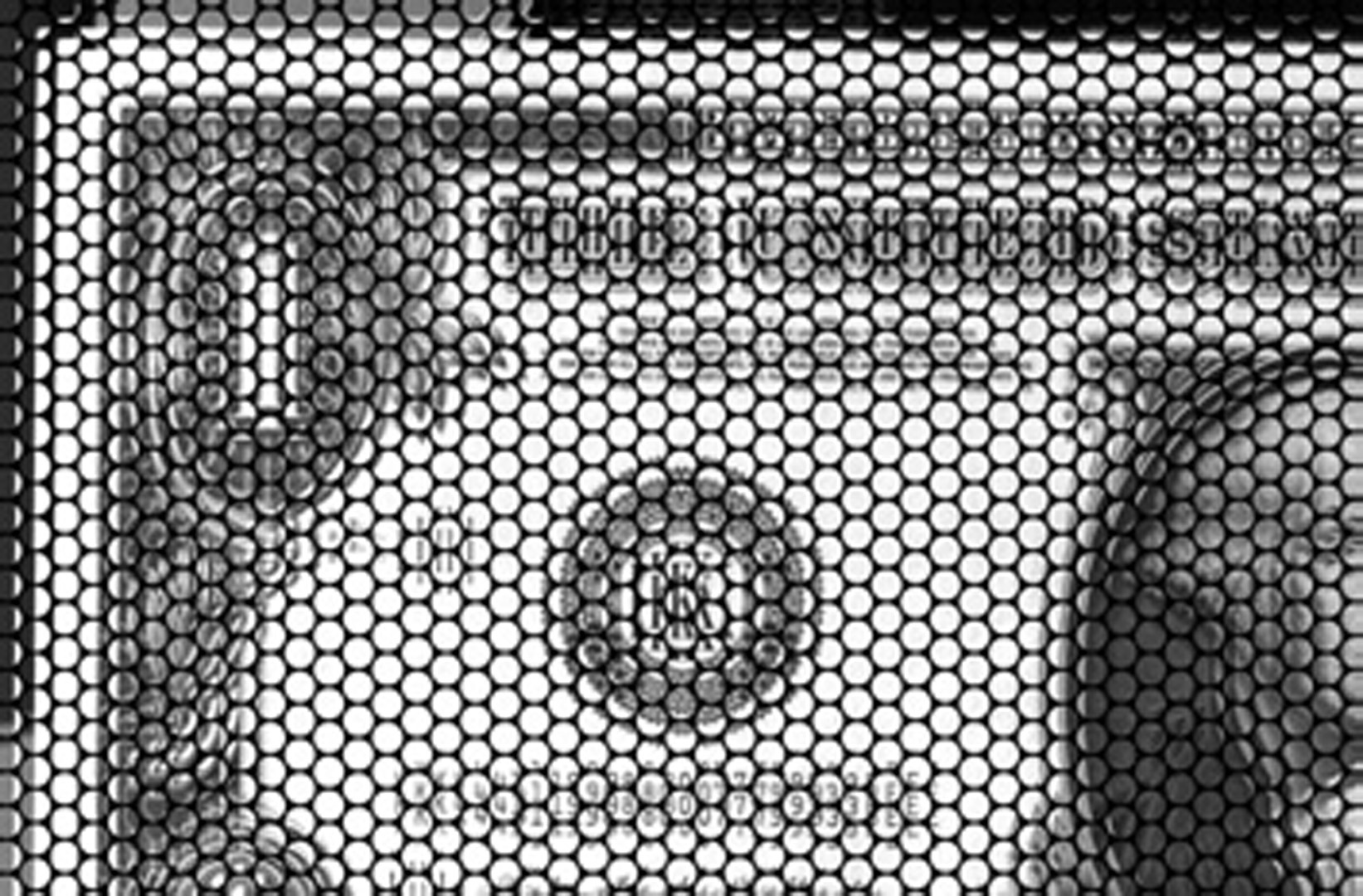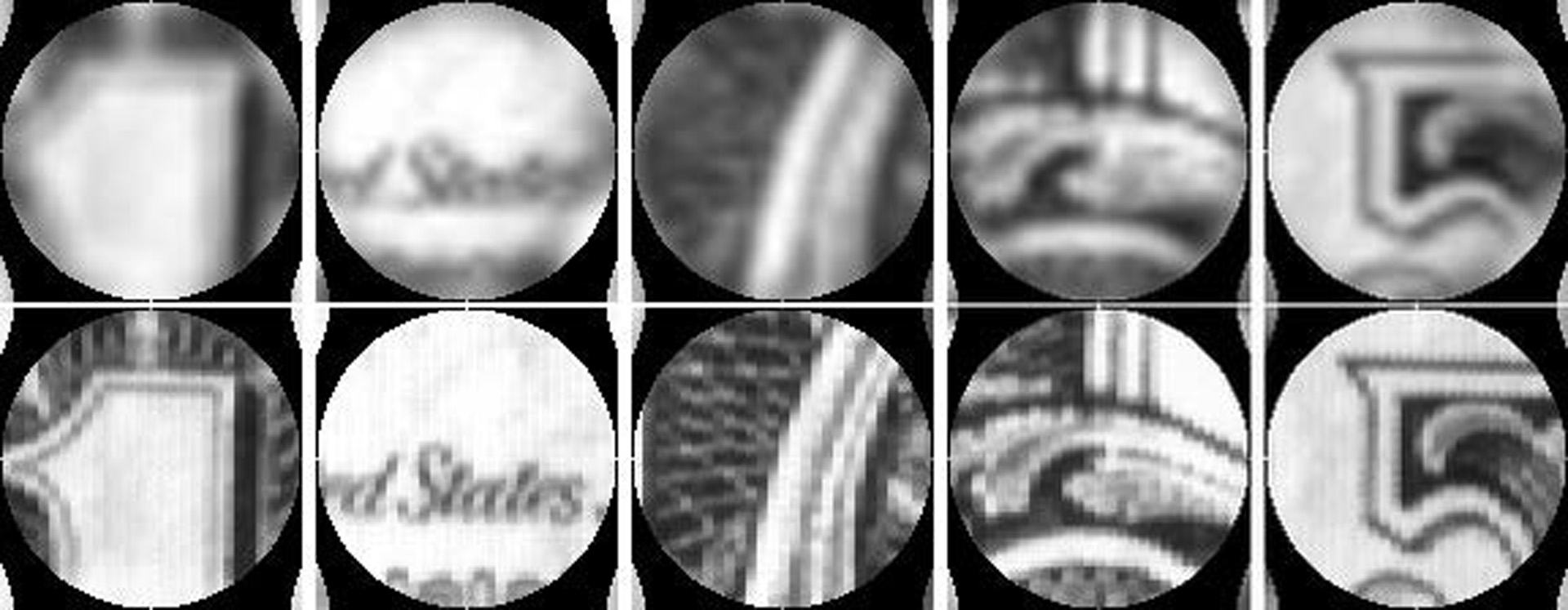“Scene-independent Super-resolution for Plenoptic Cameras” by Takeuchi, Shimizu, Fujii, Kojima, Takahashi, et al. …
Conference:
Type(s):
Entry Number: 87
Title:
- Scene-independent Super-resolution for Plenoptic Cameras
Presenter(s)/Author(s):
Abstract:
Current designs of plenoptic cameras with a microlens array usually have to deal with a trade-off problem between spatial and angular resolutions, i.e., spatial resolution is reduced to capture angular light variation on the sensor. Spatial resolution can be recovered by using super-resolution techniques that require sub-pixel accuracy registration of images[Wanner and Goldluecke 2013; Georgiev and Lumsdaine 2009]. However, image registrations often fail due to many scene-dependent factors such as occlusions and reflections, and such errors cause visible artifacts in super-resolution results. To address this problem we propose a scene-independent super-resolution framework based on a unique characteristic of the plenoptic camera; we found that the sub-pixel registration can be performed by displacement of Epipolar Plane Images (EPIs) that depends only on the intrinsic and extrinsic parameters of plenoptic cameras. Our proposed approach generates high resolution microlens images by a simple rearrangement of pixels acquired by dense multiview plenoptic cameras. Experiment results show that the proposed approach achieves high quality super-resolution.
References:
- Georgiev, T., and Lumsdaine, A. 2009. Superresolution with plenoptic camera 2.0. Adobe Systems Incorporated, Tech. Rep.
- Wanner, S., and Goldluecke, B. 2013. Variational light field analysis for disparity estimation and super-resolution. IEEE Transac. PAMI 3, 606–619.





